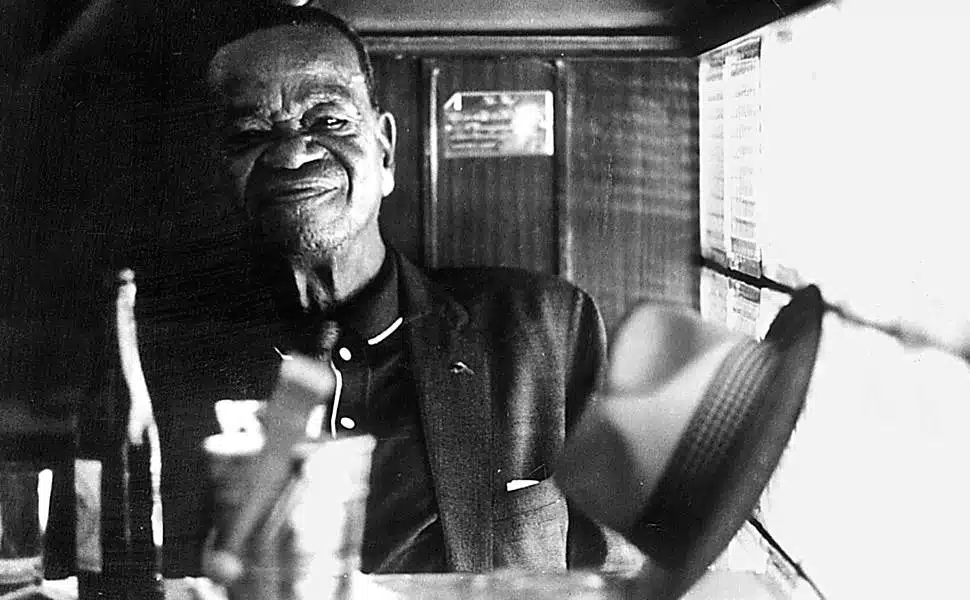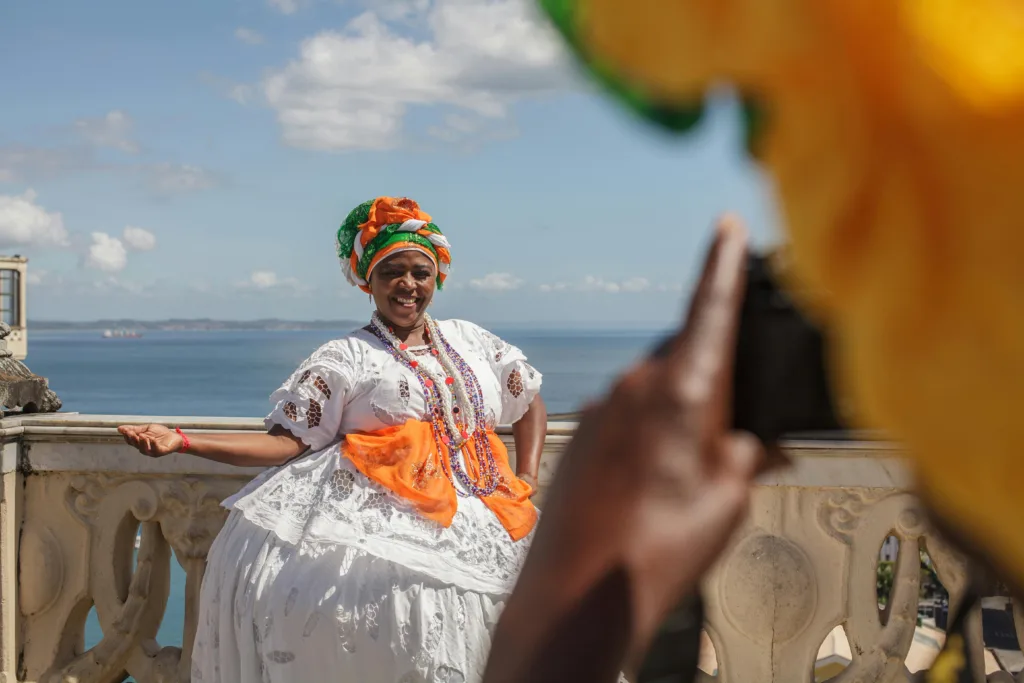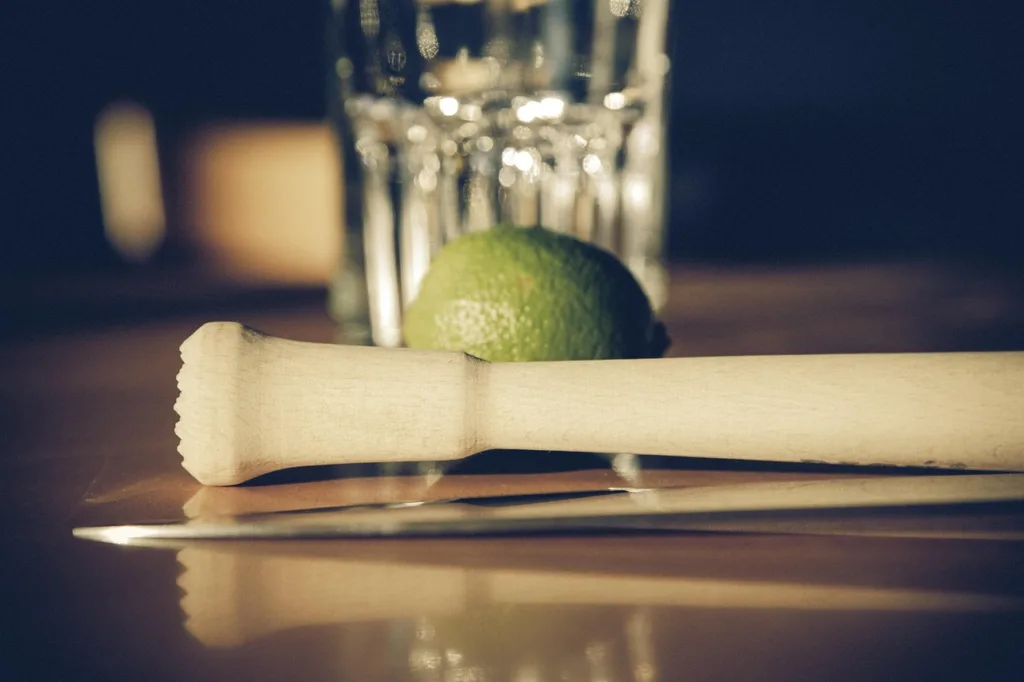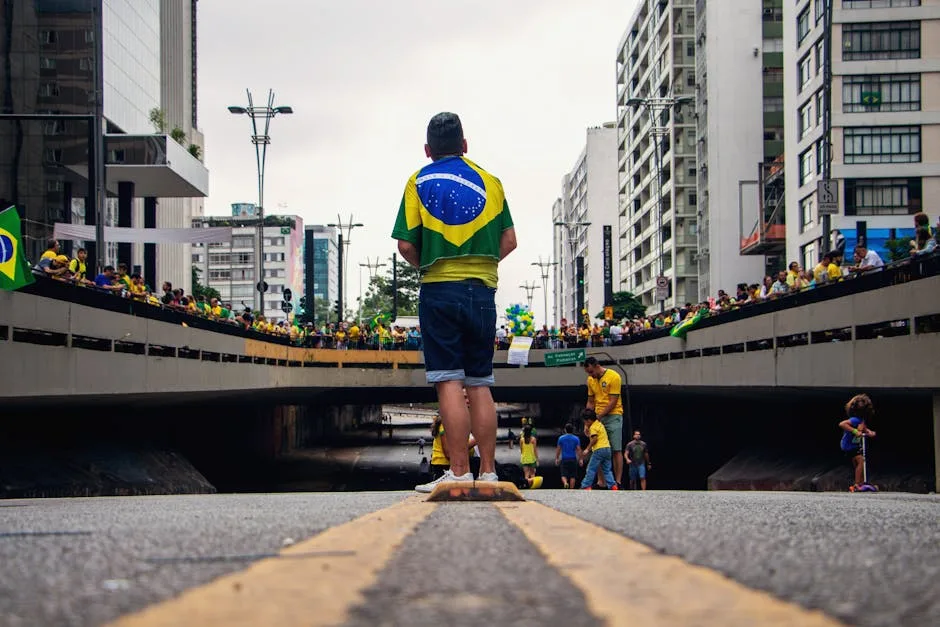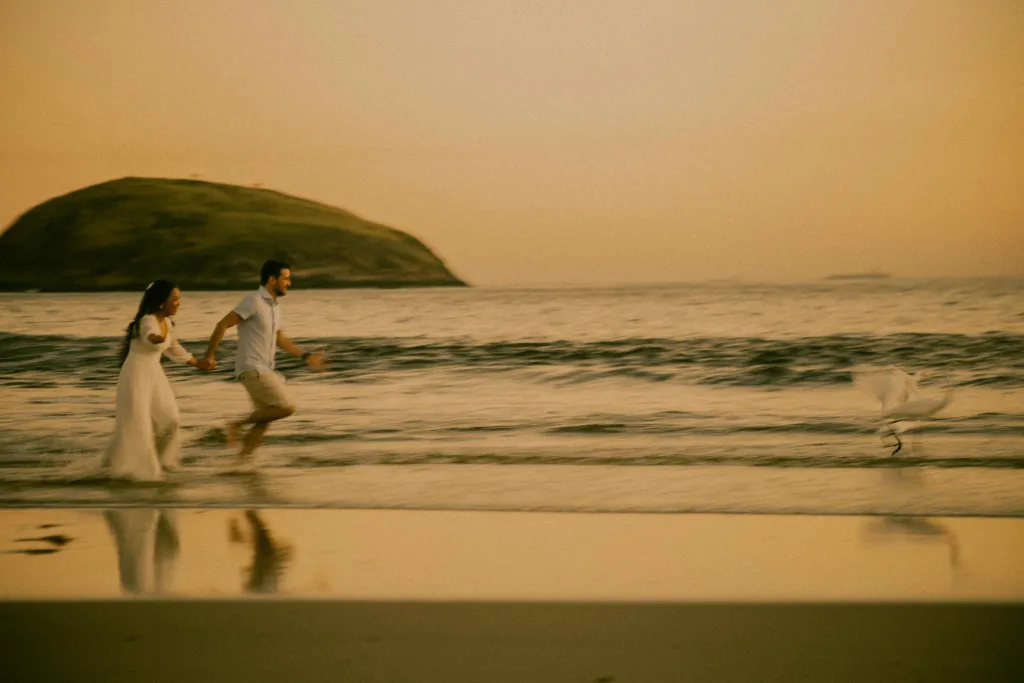Brazilian Popular Music is a vibrant mosaic, rich in cultural influences and diverse genres. Among these, the genre of Chorinho, also known as Choro, stands out as a symbol of Brazil’s musical heart. Originating in the late 19th century in the streets of Rio de Janeiro, Chorinho has transcended time, evolving into an essential part of Brazil’s cultural identity.
What is Chorinho?
Chorinho is more than just a genre – it’s a musical expression that encapsulates the spirit of Brazil. It is an instrumental music style that masterfully fuses European classical harmonies, African rhythms, and indigenous melodies. This genre is known for its lively, syncopated rhythms, complex melodies, and room for improvisation, typically performed by ensembles including guitars, cavaquinho, flute, and percussion. The energy and vitality of Chorinho can instantly transport one to the bustling streets of Brazil.
The Cultural Significance of Chorinho
For Brazilians, Chorinho is not just music; it’s a representation of their soul. It acts as a musical bridge connecting the past to the present, interlinking generations and safeguarding Brazil’s rich musical traditions. Chorinho’s influence is evident in many other Brazilian music styles, notably in Samba and Bossa Nova, which have achieved global fame.
Pixinguinha: The Father of Chorinho

Pixinguinha, a seminal figure in Chorinho, is often revered as its father. His exceptional skills on the flute and saxophone, coupled with groundbreaking compositions, propelled Chorinho to remarkable heights. Classics like “Carinhoso” and “Um a Zero” are pillars in the Chorinho repertoire, thanks to Pixinguinha’s genius.
Jacob do Bandolim: A Mandolin Virtuoso

Jacob do Bandolim, another iconic figure in Chorinho, is celebrated for his mandolin prowess. His complex melodies and improvisational skills have become a hallmark of the genre. His works, including “Noites Cariocas” and “Assanhado,” continue to enchant audiences and inspire musicians.
The Contributions of Ernesto Nazareth and Chiquinha Gonzaga
Ernesto Nazareth and Chiquinha Gonzaga are pivotal in the history of Chorinho. Nazareth, a pianist and composer, introduced a unique blend of classical and Afro-Brazilian elements. His pieces, like “Brejeiro” and “Odeon,” are testaments to his creativity. Chiquinha Gonzaga, a trailblazing female composer, challenged norms and opened doors for women in music with works like “Corta Jaca” and “Gaúcho.”
Chorinho on the Global Stage
Internationally, Chorinho has won the hearts of many musicians, transcending cultural barriers. Artists like Yamandu Costa and Hamilton de Holanda have expanded the genre’s horizons, showcasing Chorinho’s universal appeal.
Chorinho Festivals: Celebrating the Genre
Chorinho thrives today through festivals and gatherings across Brazil, where musicians and enthusiasts celebrate their shared passion. These events are vital for preserving Chorinho for future generations.
Chorinho is a musical genre that resonates with the vibrancy and rhythm of Brazil’s heart. Whether you’re wandering the streets of Rio or experiencing the sounds of Brazilian music from afar, the lively melodies and rhythmic charm of Chorinho provide a unique and immersive experience. Its significance in Brazilian Popular Music is undeniable, as it continues to influence and inspire across generations and borders.
FAQs About Chorinho
- What Makes Chorinho Unique in Brazilian Music? Chorinho stands out for its combination of European classical music, African rhythms, and indigenous tunes, creating a lively and intricate musical style.
- How Did Chorinho Influence Other Brazilian Music Genres? Chorinho’s intricate rhythms and melodies have deeply influenced other genres like Samba and Bossa Nova, both in Brazil and internationally.
- Who Are Some of the Most Influential Artists in Chorinho? Artists like Pixinguinha, Jacob do Bandolim, Ernesto Nazareth, and Chiquinha Gonzaga are among the most influential in shaping the sound and style of Chorinho.
- Can Chorinho Be Experienced Outside Brazil? Yes, Chorinho has gained international recognition, with artists around the world performing and interpreting this uniquely Brazilian genre.
- What Instruments Are Commonly Used in Chorinho Music? Typical instruments include the guitar, cavaquinho, flute, and various percussion instruments, each adding a distinctive sound to the ensemble.
- Is Chorinho Still Relevant in Modern Brazilian Music? Absolutely. Chorinho remains a beloved genre in Brazil, continually evolving and influencing contemporary musicians and music lovers alike.
In conclusion, Chorinho is not just a genre of music; it’s a celebration of Brazilian culture, history, and identity. It’s a testament to the country’s ability to blend diverse influences into something uniquely its own. By engaging with Chorinho, whether as a listener or performer, one taps into the rich tapestry of Brazilian Popular Music, experiencing the soulful beats and rhythms that define this enchanting genre.

